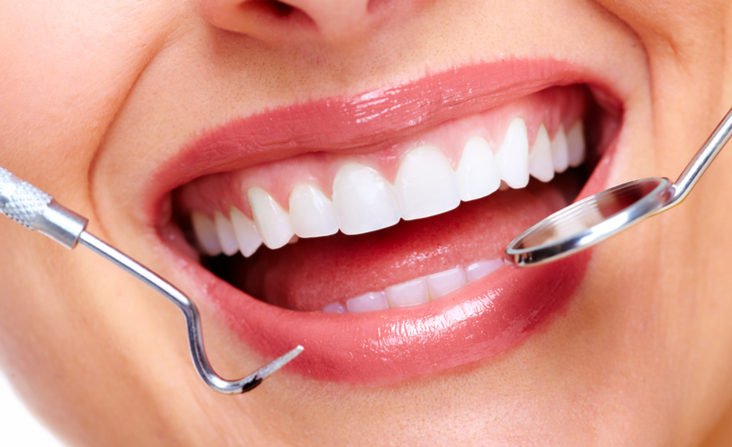Cosmetic Dentistry

Transform Your Smile with the Best Cosmetic Dentistry in Vizag – Smile Care
Today’s world is image-centered, which means your smile is often the first thing people see. At Smile Care, we believe everyone has the right to embrace their smile with confidence! As Vizag’s most trusted cosmetic dental clinic, we have the advanced treatments that can blend science with artistry to refine your appearance, lift your confidence, and restore your oral well-being.
Why Choose Cosmetic Dentistry?
Cosmetic dentistry encompasses more than aesthetics — it’s about the feeling of looking good when you smile. You may be unhappy with discoloured teeth, chipped teeth, or a gummy smile. At Smile Care, we have a variety of individualized treatments that produce natural outcomes based on your facial features. We have a full range of cosmetic dental procedures, from small changes to large restorations. We can create a procedure that suits your goals.
Our Top Cosmetic Dentistry Services
1. Cosmetic Teeth Whitening in Vizag:
If you’re tired of yellow or dull teeth, our professional teeth whitening in Vizag is quick and safe. Professional whitening is a much better option than over-the-counter kits because it allows us to customize the whitening method based on your particular tooth sensitivity, as well as shade goals. You can achieve several shades of brightness in just one session, and the results last!
2. Porcelain Veneers:
Do you want a smile that resembles that of a celebrity? Porcelain veneers are thin porcelain shells that cover common imperfections like stains or gaps. If you want a permanent cosmetic improvement with only minor treatment to your teeth, porcelain veneers are a great option.
3. Dental Bonding:
If you only have small chips, uneven edges, or gaps, dental bonding is a less expensive way to get to a better smile! A tooth-colored resin is applied to your teeth and we reshape and final your existing natural tooth. This can be done very quickly and painlessly!
4. Gum Contouring:
A gummy smile or an uneven gum line can distract from your gorgeous smile. Our gentle laser gum contouring service contours your gum line, creating a well-balanced, symmetrical look.
5. Tooth Reshaping & Contouring:
We can sculpt your enamel to change the size, length or shape of your teeth! This will create a more uniform and aligned smile.
Why Smile Care Is the Best Cosmetic Dental Clinic in Vizag
At Smile Care, we don’t just improve teeth — we transform lives. What sets us apart?
- Expert Team: Our cosmetic dentists bring years of experience, artistic vision, and the latest technology to every smile.
- Customized Care: No two smiles are the same. We tailor each treatment to fit your face, goals, and lifestyle.
- Comfort First: From soothing interiors to pain-free procedures, your comfort is our priority.
- Affordable Excellence: Looking your best shouldn’t break the bank. We offer flexible payment plans without compromising on quality.
Long-Term Benefits of Cosmetic Dentistry
Investing in the best cosmetic dentistry doesn’t just give you a better smile — it changes how you feel about yourself.
- Boosts self-confidence and first impressions
- Encourages better oral hygiene habits
- Helps in career and social opportunities
- Restores function alongside aesthetics
Our clients frequently tell us how their new smile gave them the confidence to go for job interviews, weddings, and important milestones they used to avoid.
How Long Will Your Smile Last?
Cosmetic treatments vary in durability:
- Teeth Whitening: 6 months to 3 years (depending on maintenance)
- Dental Bonding: 5–8 years
- Veneers: 10–15 years
- Gum Contouring: Permanent with proper care
- Tooth Contouring: Permanent
With routine dental care and good oral hygiene, your cosmetic smile makeover can last for many years.
Ready for a Smile Makeover?
At Smile Care, we believe that every smile tells a story — let us help you rewrite yours. Whether you want subtle improvements or a dramatic transformation, we’ll walk with you every step of the way.
Schedule your consultation with the best cosmetic dental clinic in Vizag today and take the first step toward a brighter, more confident you.
FAQs
Q1. Is cosmetic dentistry painful?
Most cosmetic procedures are minimally invasive and virtually painless. We ensure your comfort with modern tools and sedation options.
Q2. How much does cosmetic teeth whitening cost in Vizag?
Professional teeth whitening in Vizag typically ranges from ₹3,000 to ₹8,000, depending on the method. We offer cost-effective packages at Smile Care.
Q3. Are cosmetic dental treatments permanent?
Some procedures, like gum contouring and tooth reshaping, are permanent. Others, like bonding and whitening, may need touch-ups over time.
Q4. Can I combine treatments?
Absolutely! Many of our patients combine whitening with bonding or veneers for a complete smile makeover.
Q5. Will insurance cover my treatment?
Cosmetic procedures are generally not covered. However, we offer flexible EMI plans to make your dream smile affordable.
